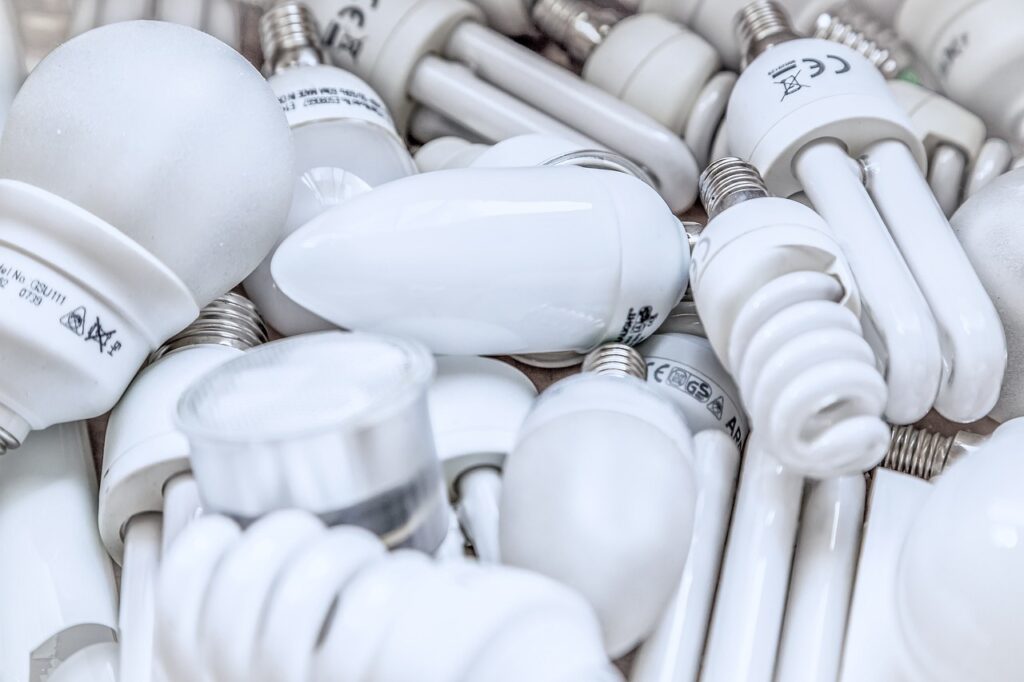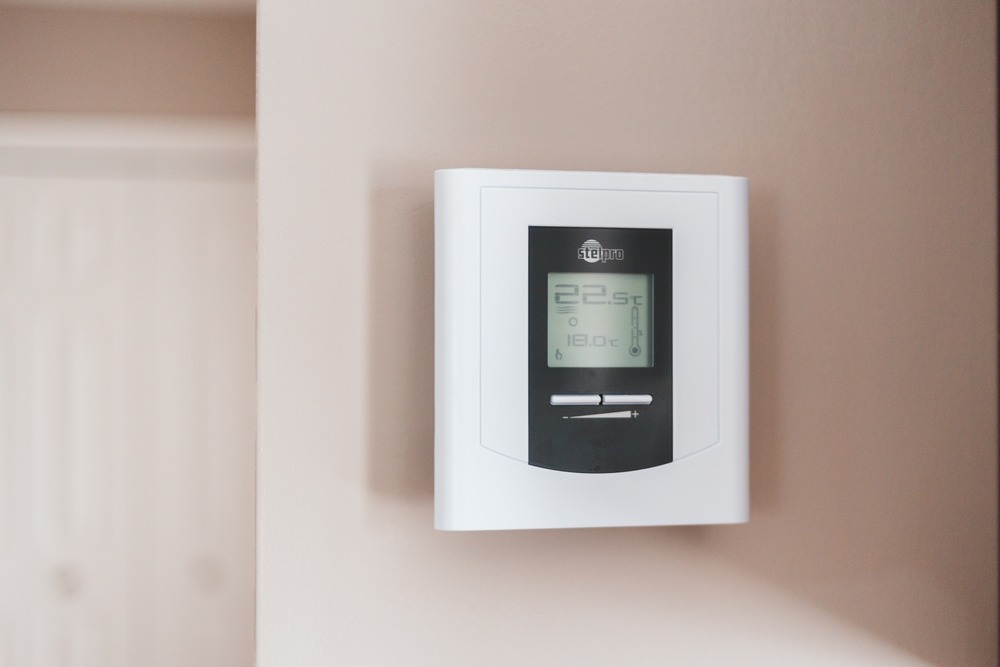Meta description: Discover the top 5 energy efficiency tips to lower your energy bills and carbon footprint in your home. Simple ways to save electricity and money.
Saving energy around your home is one of the fastest and most effective ways to lower your energy bills, reduce your carbon footprint, and care for the environment. With rising energy costs and climate change concerns, implementing energy efficiency measures makes environmental and financial sense.
In this comprehensive guide, we will explore the 5 best tips to boost energy efficiency in your home. From low-cost solutions to larger investments, these practical recommendations will help you slash your energy waste and spend less on your utilities. Applicable for all households in the United States, these easy energy-saving tricks will get you on the path to an eco-friendly, energy-efficient home.
1. Upgrade to LED Light Bulbs
One of the easiest ways to instantly increase the energy efficiency of your home is to upgrade all of your light bulbs to LEDs. LED (light-emitting diode) light bulbs use at least 75% less energy and last up to 25 times longer than traditional incandescent bulbs.
Although LEDs cost more upfront, they end up saving you money in the long run through their dramatically lowered energy use and extended lifespan. On average, LED light bulbs cut lighting costs by about 75% compared to incandescent bulbs.
Upgrading all of the bulbs in your home to LEDs can have a significant impact on your electricity bill. Focus first on the bulbs you use most frequently, such as kitchen lights, hallway lighting, and living room lamps. EPA statistics show that if every home in the U.S. replaced just one incandescent bulb with an LED, the country would save $600 million in annual energy costs and prevent 9 billion pounds of greenhouse gas emissions per year.
LED bulb prices have dropped steadily in recent years. You can now find an LED equivalent for any traditional bulb type, including colored bulbs, 3-way bulbs, candelabra bulbs, and more. Take advantage of utility company rebates and retailer discounts to make switching to LEDs even more affordable.

2. Insulate Your Home
Proper insulation is one of the best defenses against energy loss and infiltration in your home. Heat naturally transfers from warmer areas to cooler areas. In the winter, your heated indoor air will escape through any cracks, gaps, or porous materials in the exterior walls, ceilings, floors, doors and windows. Properly installed insulation creates resistance to heat flow and helps trap conditioned air inside your home.
The Department of Energy recommends upgrading insulation to meet the latest R-value recommendations for your region. The higher the R-value, the more insulating effectiveness. Homes built before 1980 are likely under-insulated by modern standards. Newer fiberglass and eco-friendly insulation materials can offer 2-3 times more insulating R-value in the same wall space compared to older types.
Key areas to target for insulation upgrades are attics, exterior and basement walls, crawl spaces, and any ductwork located in unconditioned spaces. Sealing air leaks throughout the home with caulk and weatherstripping is equally important to stop drafts. Homeowners can often receive rebates and tax incentives from electric companies, municipalities, and the federal government to offset the installation costs of home insulation projects.
Properly insulating your home provides year-round comfort, saving you up to 20% on heating and cooling bills according to Energy Star. The investment typically pays for itself in energy savings within just a few years.
3. Seal Air Leaks
Air leaks are one of the biggest energy wasters in any home. Small gaps and cracks in the exterior envelope of your home allow heated or cooled air to escape and be replaced by unconditioned outside air. Sealing these leaks with caulk, spray foam, and weatherstripping is one of the most cost-effective ways to boost energy efficiency.
Target areas prone to air leaks like:
- Windows and doors
- Electrical and gas utility penetrations
- Recessed lighting fixtures
- Attic hatches
- Baseboards
- Fireplaces
- Ductwork
Use clear silicone caulk to seal gaps up to 1/4 inch around windows and doors. For larger gaps, use spray foam which expands to fill the space completely. Look for any visible gaps in ductwork and seal with aluminum foil tape. Install rubber weatherstripping around doors and attic hatches to stop air from infiltrating when closed.
Perform an at-home energy audit to identify less noticeable leaks. On a windy day, carefully run your hands around doors and windows to feel for drafts. Inspect utility line entries, electrical outlets, and recessed lights for gaps. Or consider hiring a professional energy auditor who has advanced tools like blower doors and thermal imaging cameras to precisely detect air leaks.
According to the Department of Energy, sealing air leaks can lower your annual heating and cooling costs by 10-20% while also making your home more comfortable year-round. Along with proper insulation, it’s one of the best energy-saving measures for your home.
4. Install Smart Thermostats
Replacing your old thermostat with a smart thermostat is an easy upgrade that saves energy through smarter scheduling and temperature control. Smart thermostats like the Nest, Ecobee, and Honeywell Home have Wifi connectivity and smart home integration that allow you to control your home’s HVAC system from your smartphone, tablet, or voice assistant.
The ability to adjust temperatures remotely allows you to reduce heating and cooling at times when no one is home. Smart thermostats can create an energy-efficient schedule that reflects your household’s daily activities and can automatically adjust when it senses no one is there. This automatic adjustment prevents energy waste from heating or cooling an empty house.
In addition, smart thermostats learn your temperature preferences over time. They fine tune the temperature throughout the day to maintain comfort while avoiding overheating and overcooling which wastes energy. Studies by the EPA show that households switching to programmable or smart thermostats reduce energy use for heating by 8-15% and cooling by 10-11%.
Other advanced features of smart thermostats include geofencing that detects when you’re leaving so it can dial back the AC, integration with smart home devices, and insights into your HVAC equipment’s performance. Upgrading to a smart thermostat provides both energy efficiency and modern convenience. Be sure to look for rebates from local utilities that help offset the purchase price.

5. Upgrade Home Appliances
Replacing aging, inefficient appliances with new ENERGY STAR certified models can make a big dent in your home energy use. When shopping for refrigerators, dishwashers, washing machines, and other appliances, always look for the ENERGY STAR label, which signifies the most efficient products.
According to the EPA, if just 10% of homes upgraded one appliance to an ENERGY STAR model, the U.S. would prevent over 17 billion pounds of greenhouse gas emissions per year. That’s equivalent to emissions from over 1.8 million vehicles.
In addition to saving energy directly, ENERGY STAR appliances help reduce your carbon footprint associated with electricity generation at the source. Many utilities offer rebates and discounts on ENERGY STAR appliances to further improve affordability.
Tip: When budgeting for a new appliance, don’t just compare upfront prices. Calculate the total lifetime cost including potential energy savings. More efficient ENERGY STAR models often pay for themselves over time through lower utility bills.
Other helpful efficiency features to look for include:
- Refrigerators: Variable speed compressors, insulation enhancements, improving sealing to minimize leaks.
- Dishwashers: Soil sensors, booster heaters, and fan controls that optimize energy use.
- Washing machines: Cold wash cycles reduce energy for water heating, high efficiency motors spin faster to cut dryer usage.
- Dryers: Moisture sensors stop the drying cycle once clothes are dry to save energy.
Choosing an appliance with smart technology allows you to control and monitor performance from your phone. Overall, upgrading to the latest energy-efficient appliances in your kitchen, laundry room, and other areas provides big energy savings over time.
Efficient Home Technologies Boost Savings
Implementing these 5 tips for major energy guzzling systems – lighting, HVAC, appliances – are proven ways to increase the efficiency of your home. Other technologies to consider that save electricity:
- Smart power strips – shut off standby power waste from TVs, computers, and other electronics
- Smart plugs – remotely control lamps, fans, and other plug-in devices to optimize usage
- Electric lawn equipment – reduce gasoline consumption from gas-powered lawn tools
- Solar panels – generate clean electricity and lower energy bills
- Heat pump water heater – 2-3X more efficient than conventional water heating
- EV charger – conveniently charge an electric vehicle using your home electricity
Home automation takes energy efficiency to the next level by enabling smart control of your full home energy ecosystem. With a home energy management system, you can schedule, monitor, and automatically optimize energy use throughout the home from one central interface.

Eco-Friendly Efficiency Cuts Energy Use and Saves Money
Improving energy efficiency is a smart way to reduce home energy costs and your environmental impact. The 5 tips outlined above provide practical, accessible recommendations for most U.S. households to lower utility bills and live more sustainably.
Boost efficiency first in the highest energy-using systems – HVAC, appliances, lighting – for maximum impact. Take advantage of rebates and financing options to make upgrades more affordable. Over time, you will recoup costs through lower monthly bills.
With rising electricity rates across the country, an energy efficient home provides long-lasting financial rewards and comfort. Contact your local electric utility for additional programs and incentives that can help you start your efficiency journey today. Small steps make a meaningful difference in pursuing a greener, more cost-effective home.





